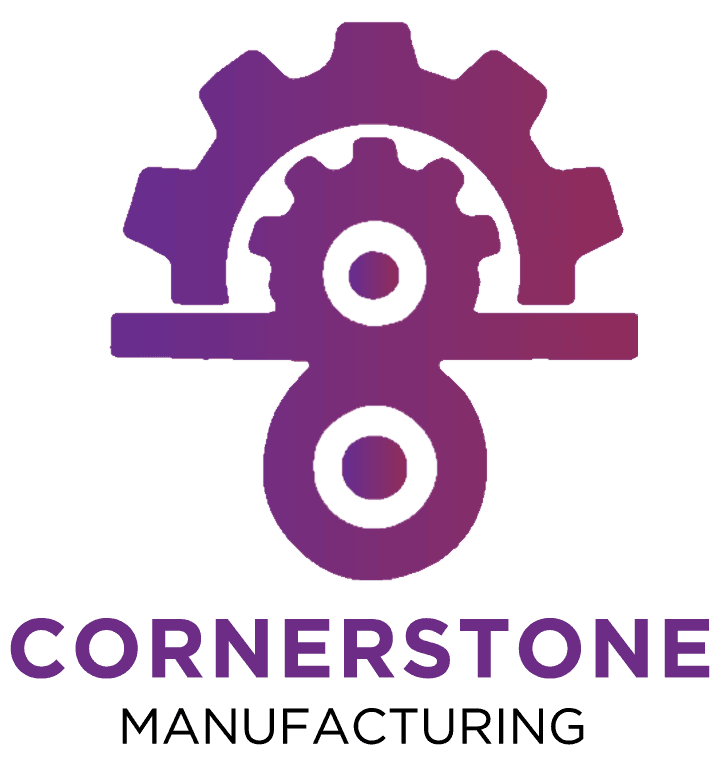The Role of Reverse Engineering in Hydraulic Systems
Hydraulic components are vital to industrial operations, but when a critical part becomes obsolete or unavailable, replacing it can be challenging. Rather than scrapping equipment or searching for discontinued parts, reverse engineering offers a cost-effective solution. At Rupe’s Hydraulics Sales and Service, we specialize in reverse engineering hydraulic cylinders, pumps, motors, and other components, ensuring that businesses can maintain their equipment without costly overhauls.
What is Reverse Engineering?
Reverse engineering involves analyzing, measuring, and recreating an existing hydraulic component—either to replicate its original design or improve upon it. Using advanced CAD software, precision measuring tools, and material analysis, our team can manufacture replacement parts that match or exceed OEM performance standards.
When is Reverse Engineering Necessary?
Reverse engineering is ideal for situations where:
- A part is obsolete or discontinued and no direct replacement is available.
- OEM parts have long lead times or high costs, making alternatives more practical.
- Custom modifications are required to improve durability, efficiency, or performance.
- A part has excessive wear or damage, and an exact replica is needed for a seamless fit.
By choosing reverse-engineered hydraulic components, businesses can avoid excessive downtime, reduce costs, and extend the lifespan of their equipment.
How Rupe’s Hydraulics Reverse Engineers Hydraulic Components
1. Precision Measurement and Analysis
Our team uses advanced measuring equipment to capture the exact specifications of worn or damaged parts. This includes:
- Dimensional analysis using high-precision tools.
- Material testing to determine strength, composition, and durability.
- Performance assessments to ensure the new component functions as intended.
2. CAD Modeling and Design Optimization
Once measurements are taken, our engineers create 3D CAD models of the component. This allows us to:
- Replicate the original design for an exact replacement.
- Improve weak points to enhance longevity and reliability.
- Modify components for specific applications, such as higher pressure ratings or enhanced wear resistance.
3. Fabrication and Testing
After the design phase, our in-house manufacturing team fabricates the component, ensuring precise tolerances and high-quality construction. Each part undergoes rigorous testing before being delivered to ensure perfect fit and function.
Industries That Benefit from Reverse Engineering
Reverse engineering is widely used across industries that rely on hydraulic systems, including:
- Manufacturing & Automation: Replacing obsolete cylinders in production machinery.
- Construction & Heavy Equipment: Reproducing hydraulic pumps and motors for aging equipment.
- Aerospace & Defense: Creating custom hydraulic components for specialized applications.
- Material Handling & Logistics: Restoring hydraulic power units for forklifts and automated systems.
By utilizing reverse engineering, businesses eliminate unnecessary replacements, reduce costs, and keep their equipment running efficiently.
Why Choose Rupe’s Hydraulics for Reverse Engineering?
At Rupe’s Hydraulics, we have the expertise, technology, and licensed professional engineers needed to deliver precision-engineered hydraulic components. Our services include:
- Fast turnaround times to minimize downtime.
- High-quality materials and machining to ensure longevity.
- Custom modifications and performance enhancements where needed.
- Full testing and quality control for seamless integration with existing systems.
Conclusion
Reverse engineering is an efficient and cost-effective way to replace, improve, or customize hydraulic components without relying on OEM parts. Whether dealing with obsolete, damaged, or custom hydraulic parts, Rupe’s Hydraulics provides expert reverse engineering services to keep operations running smoothly.
For reverse-engineered hydraulic solutions, contact Rupe’s Hydraulics Sales and Service at 760-744-9350 today.







